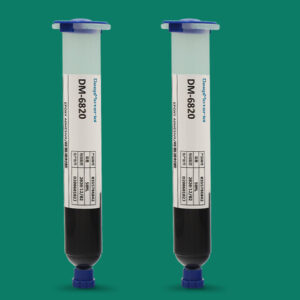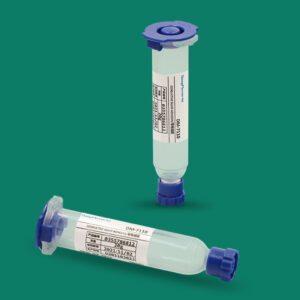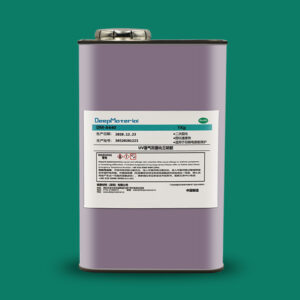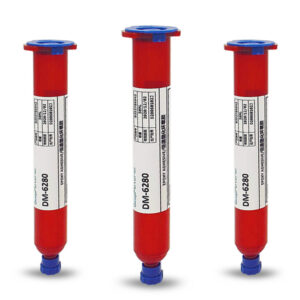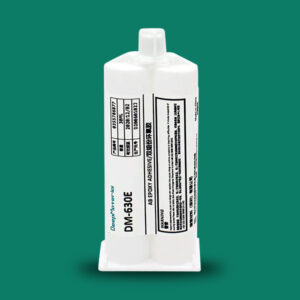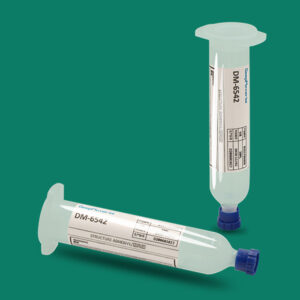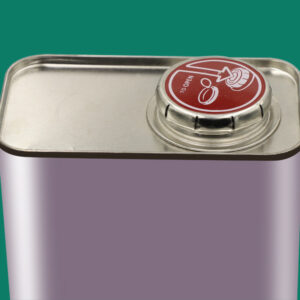Safe Fireproof Glue for Home Use
Safe Fireproof Glue for Home Use
In today’s homes, safety is a top priority, especially when it comes to the materials we use for construction, repairs, or DIY projects. One often overlooked but critical component is the adhesive or glue employed in these tasks. While most glues are designed for general-purpose bonding, there are specific situations where a glue that can withstand high temperatures—often referred to as “fireproof” or, more accurately, “fire-resistant”—becomes not just useful but necessary. Whether you’re working near a heat source like a fireplace, repairing an oven, or simply aiming to ensure your home projects can endure unexpected heat exposure, selecting the right glue can significantly enhance safety and durability.
Fire-resistant glue is engineered to maintain its bonding strength and structural integrity even when subjected to elevated temperatures. Unlike standard glues that may melt, weaken, or ignite under heat, fire-resistant adhesives are formulated to resist such conditions, making them ideal for areas where fire safety is a concern. This article will delve into what fire-resistant glue is, the types suitable for home use, key safety considerations, practical applications, and tips for choosing the right product. By the end, you’ll be equipped with the knowledge to confidently incorporate this specialized adhesive into your home toolkit.

What is Fire-Resistant Glue?
Fire-resistant glue is a specialized adhesive designed to endure high temperatures without compromising its ability to hold materials together. While the term “fireproof” might suggest complete immunity to fire, no material is entirely impervious. Instead, “fire-resistant” or “high-temperature resistant” is a more precise description, as these glues are built to withstand heat and delay the effects of flames, offering an added layer of protection.
These adhesives are typically formulated with heat-resistant materials such as silicone, ceramic, or specific epoxy compounds. Depending on the product, they can resist temperatures ranging from 300°F (149°C) to over 2000°F (1093°C). This makes them suitable for environments where standard glues would fail, such as near heat sources or in fire-prone areas.
The primary advantage of fire-resistant glue lies in its ability to maintain structural integrity under thermal stress. Standard glues, like basic craft adhesives or even some construction-grade options, often degrade, soften, or release flammable vapors when exposed to heat. In contrast, fire-resistant glues provide peace of mind by ensuring that bonds remain secure, even in challenging conditions.
Types of Fire-Resistant Glues for Home Use
When exploring fire-resistant glues for home applications, several options stand out. Each type has unique properties, making it suited to specific tasks. Below are the most common varieties available to homeowners:
Silicone-Based Adhesives
Silicone-based glues are the most accessible and versatile fire-resistant adhesives for home use. Known for their flexibility, durability, and excellent heat resistance, they can typically withstand temperatures up to 500°F (260°C), with some high-performance versions tolerating even higher heat. These adhesives are widely used in automotive and industrial settings—such as sealing engine gaskets—but their ease of use makes them equally practical for household projects.
In a home context, silicone adhesives excel at tasks like sealing gaps around fireplaces, bonding materials near ovens, or repairing heating ducts. They are available in user-friendly formats, such as squeeze tubes or caulking gun cartridges, and cure into a flexible, heat-resistant seal.
Ceramic-Based Adhesives
Ceramic-based glues are engineered for extreme heat resistance, often enduring temperatures up to 2000°F (1093°C). These are commonly found in industrial applications, such as repairing kilns, furnaces, or fireboxes. Their ability to withstand such intense heat comes from their ceramic composition, which mimics the properties of materials used in high-temperature environments.
While highly effective, ceramic adhesives are less practical for general home use. They tend to be rigid once cured, lack flexibility, and often require longer curing times or specific application techniques. For most homeowners, these glues are overkill unless tackling a specialized project involving extreme heat.
Heat-Resistant Epoxy
Epoxy-based adhesives with heat-resistant properties offer another option. Typically sold as two-part systems (resin and hardener), these glues create a strong, durable bond when mixed. Heat-resistant epoxies can usually handle temperatures up to 300°F (149°C), though some formulations push this limit higher.
Epoxies are versatile, bonding well with metals, ceramics, and certain plastics, making them suitable for a range of home repairs. However, their heat resistance is lower than silicone or ceramic options, so they’re best for projects with moderate temperature exposure rather than direct flame or intense heat.
Recommendation for Home Use
For most homeowners, silicone-based adhesives strike the ideal balance of heat resistance, ease of application, and availability. They’re practical for everyday tasks, widely available at hardware stores, and don’t require advanced skills or equipment to use effectively.
Safety Considerations
- When choosing a fire-resistant glue for home use, safety is a critical factor. Since these adhesives may be exposed to heat, their performance under such conditions must not compromise the well-being of your household. Here are the key safety considerations to keep in mind:
- Non-Toxicity: Ensure the glue doesn’t release harmful fumes when heated. Some adhesives emit volatile organic compounds (VOCs) or toxic gases, especially under high temperatures. Opt for products labeled as low-VOC or explicitly safe for indoor use to minimize health risks.
- Ease of Application: The glue should be user-friendly, requiring no specialized tools or protective gear beyond basic precautions (e.g., gloves or ventilation). Silicone adhesives, for example, are often applied with a standard caulking gun or directly from a tube, making them accessible to DIYers.
- Curing Time: Check how long the glue takes to set and fully cure. Some high-temperature adhesives need extended drying periods or specific conditions (e.g., heat activation), which may not be practical for quick home repairs. Choose a product with a curing time that fits your project timeline.
- Bond Strength: Heat resistance is vital, but the glue must also provide a robust bond for the materials involved. Review the manufacturer’s specifications to confirm it suits your application—whether bonding metal, wood, or ceramics.
- Flame Retardancy: Some fire-resistant glues are also flame-retardant, meaning they resist ignition and won’t contribute to fire spread. This feature adds an extra layer of safety, particularly in fire-prone areas.
Before using any adhesive, consult the manufacturer’s instructions and safety data sheet (SDS). These documents detail handling precautions, temperature limits, and potential hazards, ensuring you apply the glue safely and effectively.
Applications in a Home Setting
Fire-resistant glue has a wide range of practical uses in the home, particularly where heat exposure is a concern. Here are some common applications:
- Sealing Around Fireplaces:
Silicone-based glue is perfect for sealing gaps around fireplace inserts, securing heat-resistant materials like firebricks, or repairing cracked seals. It withstands the heat while maintaining a tight bond.
- Oven and Stove Repairs:
Use high-temperature glue to fix cracked oven door gaskets, secure stovetop components, or seal heat-exposed areas. This ensures appliances remain functional and safe.
- Heating Ducts:
Seal joints or gaps in heating ducts with fire-resistant adhesive to improve efficiency and prevent hot air leaks. Silicone glues are especially effective here due to their flexibility and heat tolerance.
- Automotive Repairs at Home:
For DIYers working on cars in their garage, fire-resistant glue can seal exhaust components, bond heat shields, or repair parts near the engine—tasks that mirror industrial uses but occur in a home setting.
- Crafting and Hobbies:
In projects involving heat-exposed materials—like candle holders, ceramic repairs, or items near radiators—fire-resistant glue ensures a durable bond that won’t fail under thermal stress.
In all these cases, fire-resistant glue enhances safety by maintaining its integrity where standard adhesives would falter, reducing the risk of structural failure or fire hazards.
How to Choose the Right Fire-Resistant Glue
Selecting the best fire-resistant glue for your project requires careful consideration of several factors. Here’s a step-by-step guide to making the right choice:
- Temperature Requirements: Identify the maximum temperature the glue will face. For most home uses (e.g., fireplaces or ovens), a glue rated for 300°F to 500°F is sufficient. For extreme conditions, seek higher-rated options.
- Material Compatibility: Confirm the glue works with your materials—metals, glass, ceramics, etc. Silicone adhesives are broadly compatible, but always check the product label to avoid mismatches.
- Ease of Use: If you’re new to adhesives, pick a product that’s simple to apply. Silicone glues in tubes or cartridges are beginner-friendly, while two-part epoxies or ceramic glues may require more skill.
- Curing Time: Decide how fast you need the bond to set. Some glues offer quick initial tack for immediate use, while others take hours or days to fully cure. Match this to your project’s urgency.
- Safety Features: Prioritize glues that are non-toxic, low-odor, and flame-retardant. These qualities reduce health risks and enhance fire safety, especially indoors.
- Brand Reputation: Choose products from trusted manufacturers with positive reviews and clear performance data. Well-known brands often provide detailed specs and reliable quality.
By weighing these factors, you’ll find a fire-resistant glue that’s safe, effective, and tailored to your specific needs.
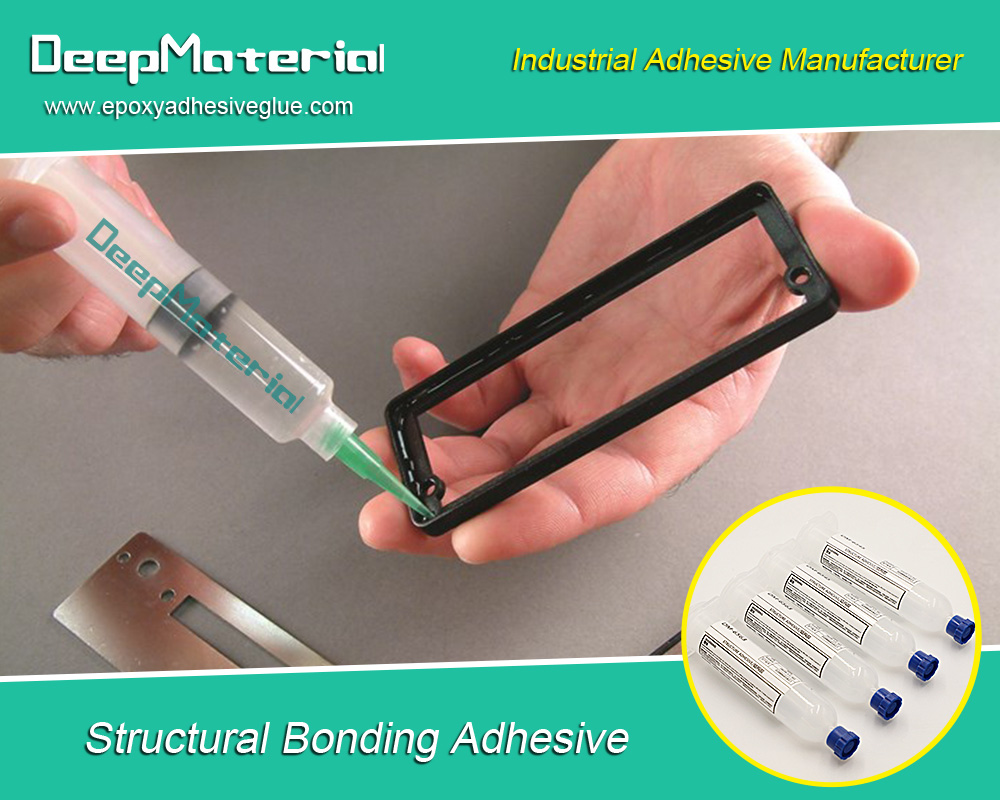
Conclusion
Fire-resistant glue is a valuable asset for homeowners and DIY enthusiasts aiming to boost safety and durability in their projects. By opting for an adhesive that can endure high temperatures, you protect your repairs and your home from potential fire-related risks.
Among the options, silicone-based adhesives stand out as the most practical for home use, offering a blend of heat resistance, ease of application, and versatility. However, the right choice depends on your project’s demands—temperature exposure, materials, and safety priorities all play a role.
To maximize safety, always select non-toxic, flame-retardant products and follow the manufacturer’s guidelines closely. Armed with the right fire-resistant glue, you can approach a wide array of home tasks—from fireplace maintenance to appliance repairs—with confidence, knowing your work will hold strong even under heat.
For more about choosing the best safe fireproof glue for home use, you can pay a visit to DeepMaterial at https://www.epoxyadhesiveglue.com/category/epoxy-adhesives-glue/ for more info.




